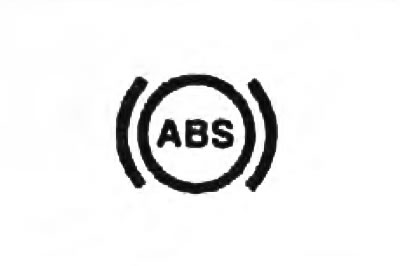Caution: Use tires of the same size, design and load capacity as the original tires on your vehicle, as using tires of a different type may interfere with the normal operation of the anti-lock braking system (ABS).
1. Anti-lock braking system (ABS) designed to automatically prevent the wheels from locking during heavy braking or braking on slippery surfaces and ensures stable vehicle handling.
2. When driving a car, please observe the following precautions:
A) The action of the ABS system may be felt as a slight vibration on the brake pedal. Don't pump the brake pedal to stop, just push it harder. Swinging the brake pedal will increase the braking distance.
b) Braking performance depends on the adhesion of the tires to the road surface. On slippery road surfaces, even when the ABS system is operating, the driver may not always be able to control the vehicle at high speeds or when performing maneuvers.
V) Always keep a clear distance from the vehicle in front. Compared to vehicles without ABS, your vehicle will have longer braking distances in the following situations:
- when driving on bumpy, gravel or snow-covered roads.
- when driving on roads covered with holes or having other differences in the height of the road surface.
3. When the ignition is turned on, the indicator on the instrument cluster lights up "ABS" for a few seconds. If there is a malfunction in the ABS system, the indicator lights up constantly.

